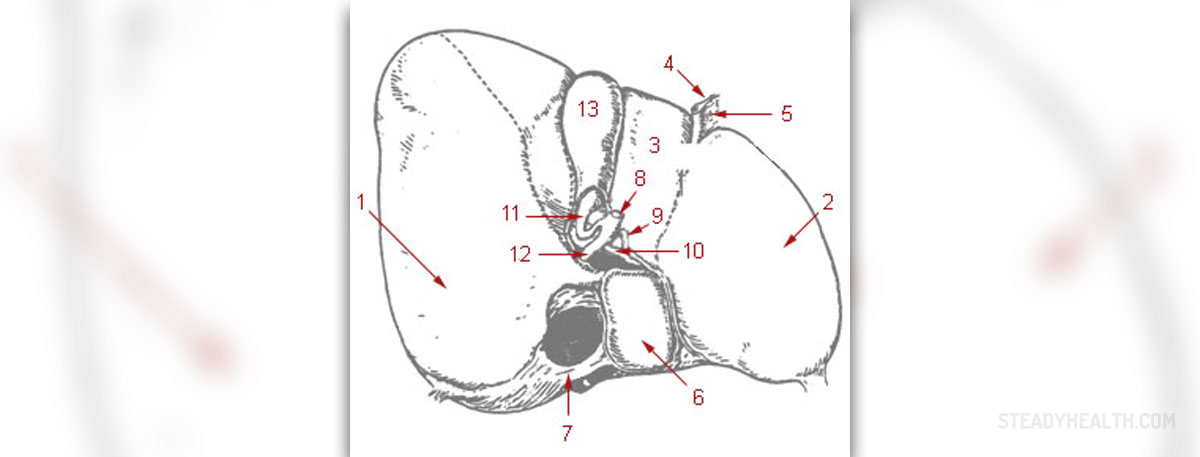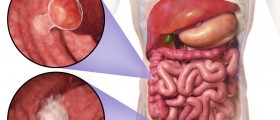
The following lines will be dedicated to the metastatic cancer,which is a cancer with the ability to spread not only to the surroundingorgans, but any organ in the human body regardless of its location. Thisability was first detected with the malignant tumor cells and for a very longtime, scientists believed that this is a sole case and that nothing else can expandin this way. But the proof that metastatic cancer can do this as well has beenfound. Cancer stem cells are created by the genetically damaged single celltissue. The cancer stem cells, which have malignant phenotype, go through an abnormaland uncontrolled mitosis and multiply at this body area. The nameprimary tumor is used for this location from where the tumor has begun. Newtumors can be developed if some of the cells enter the surrounding tissue andthis tumor would be called local metastasis. The cells in the original and thenewly formed tumor are very similar. So, the colon cells would be in themetastatic liver if the original tumor is colon cancer. The cancer in the liverwould not be colon cancer, but metastatic liver cancer. Treatment options associatedwith the metastatic liver cancer depend on the stages of the condition.
Fluid located in the abdomen and abdominal pain are two most common symptomsassociated with the metastatic liver cancer. There are several other possiblesymptoms, like skin yellowing, nausea, fever, appetite loss and jaundice.
Stages
Tumor's size, location, extent of the cancer and several other criteria areused for the classification of the stages for the metastatic liver cancer. Liver cancerhas four stages and the first one is associated with the localized tumor, whichcan be eliminated on the operating table. In this stage, cancer has taken over oneliver area and it is not larger than 2cm. During the second stage, resection canbe done and the cancer spreads locally, on one or two locations. But it cannot expandto the blood vessels and connecting lymph nodes. At this stage, there may beseveral tumors sizing no more than 2cm, or there may be one sizing approximately2cm.
The third stage has two parts. The first part will not affect lymph nodesand other organs, but there may be one tumor or several and they will be largerthan 2cm. The cancer will affect the blood vessels as well. In the second partof this stage, blood vessels may not be affected, the size of the tumor canvary, while the surrounding lymph nodes can be affected. Other organs will not beaffected by this stage. The last, fourth stage, also has two parts. The firstpart can affect surrounding organs, lymph nodes and both lobes of the liver. Themain blood vessels can also be affected. During the second part of this stage,lymph nodes and organs located away from the original liver cancer can be affected.Life expectancy associated with this stage is very low, but there are options for treatment like medications and chemotherapy, so do not lose hope.

















Your thoughts on this
Loading...